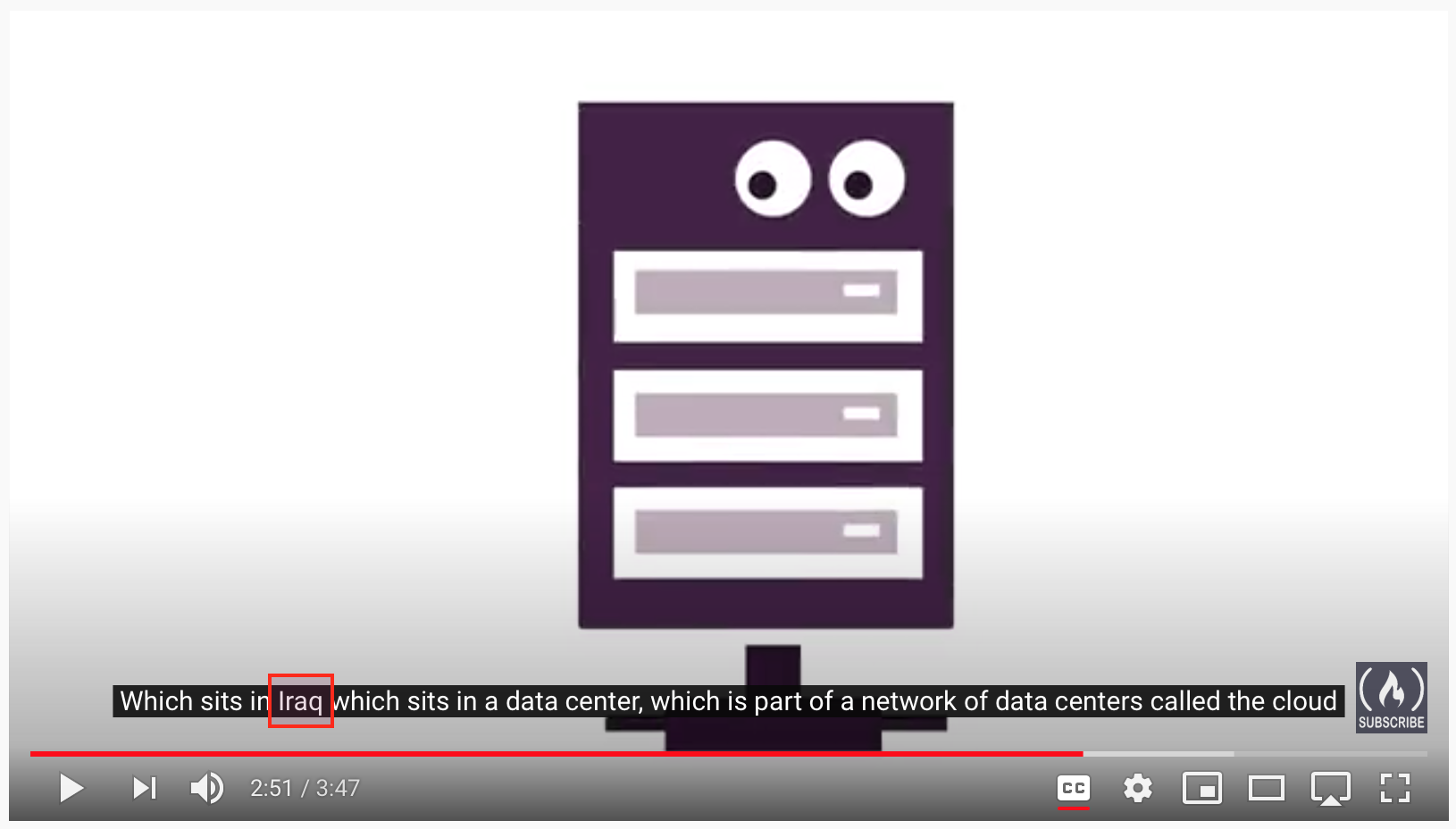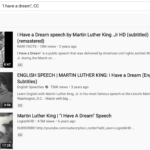Closed Captions have been an essential feature on YouTube for nearly 12 years. They’ve made the platform more accessible, not only by serving transcriptions for deaf and hard-of-hearing users but also by serving as a medium for translating videos into a multitude of languages.

For more than half of their existence, YouTube has supported one form or another of contributing closed captions on videos which don’t already have them. Which is why two weeks ago, it came as an unpleasant surprise when Google announced that they were removing community contributions in September:
Community contributions will be discontinued across all channels after September 28, 2020. Community contributions allowed viewers to add closed captions, subtitles, and title/descriptions to videos. This feature was rarely used and had problems with spam/abuse so we’re removing them to focus on other creator tools. You can still use your own captions, automatic captions, and third-party tools and services. You have until September 28, 2020 to publish your community contributions before they’re removed.
Google Support Page, retrieved 13 August 2020
Now to be clear, closed captions aren’t going anywhere.
- Video uploaders will be able to continue uploading their own closed captions,
- Captioning services such as Amara will remain available,
- And of course, YouTube’s own automatic captions are here to stay.
But no longer will viewers be allowed to contribute captions. Previously published captions will still be online, submissions will just not be allowed anymore. It is unknown if attribution for previously published captions will remain intact.
Even more confusing was Google’s justification for this removal, which they provided on the YouTube Support Community. Lamenting that content creators and viewers expressed dismay at the frequent abuse and low quality in community captions, they attributed the relatively “rare usage” of this feature to the bad name it has made for itself. It was a broken and unwanted feature, which warranted a discontinuation…
Let’s talk a bit about just how “rare” that usage statistic is?
… the feature is rarely used with less than 0.001% of channels having published community captions (showing on less than 0.2% of watch time) in the last month.
As much as the wording makes the feature seem insignificant, note that it is being expressed in terms of channels. This does not paint a very clear picture of how many viewers are dependent on this feature.

Recently tubics, a company that provides SEO for content creators on YouTube, made a blog-post where they presented some interesting statistics on YouTube channels. Using SocialBlade data, they determined that a very small percentage of all the channels on YouTube have the majority of viewership. Even by the most optimistic estimate, only 0.006% of all channels have over a 100 thousand subscribers, of which only 0.0005% have over a million. This shows us that even a feature which is utilized by this small a fraction of channels can have an impact on potentially millions of viewers.

The ulterior motive here is likely to promote Google’s own automatic captions and especially their automatic translation. Their accuracy has been drastically improving over the years, and in some cases this really is the only reliable way to translate a video into a less spoken language. But that being said, is it a replacement for community contributions? I think not!
There are a lot of use cases unique to community contributions, which aren’t offered by any of the remaining alternatives.
- When a user uploads their captions or Google generates them, it’s often a one-time process. If there’s a mistake, no one is going to go back to fix it. But with community contributions, users can build off of previous work by correcting one another, not unlike how Wikipedia works.

There is a typo in the captions: “Which sits in Iraq” instead of “Which sits in a rack”.

- Even though community contributions carry the risk of sabotage, they also provide viewers with the power to moderate. Someone snuck in a joke on a video you were watching? Just go into the caption editor and edit it out!

The 🙁 at 0:21 is likely an artifact from translating the original captions from Polish to English (where there was text), but it’s not uncommon to sneak in emoticons or naughty easter eggs where they don’t belong. Community Contributions spare channels of having to moderate these manually by relegating the task to channel viewers.
- Where automated captions are stuck with plain text, and uploaders are limited by the time they’re willing to invest to stylize their captions, there are people out there waiting to tap into their potential. YouTube supports a plethora of caption/subtitle formats, which a seasoned captioner can use to add color, formatting and emphasis!

SCC is but one of many captioning formats. If you’ve ever watched a video where captions weren’t locked into the bottom of the screen, it was likely captioned in SCC or EBU-STL.
- In translation, there are times when we don’t want it to be too precise. An example could be explaining the meaning of a word, the wordplay in a joke… And although there are techniques to recognize proper names, there are sentences that automated translation is not designed to handle.

Around the 2nd minute mark, John Green explains the parallels and contrast between the names of Winston Smith, the protagonist of 1984, and British Prime Minister Winston Churchill. Here, the consciously authored Spanish captions are able to highlight the significance of the words Church and Hill.

As you can see, there are all too many reasons not to remove community contributions. Which is why more and more YouTubers are campaigning against the change. There’s a change.org petition which has already been signed by over 470,000 people. I don’t know about you, but that sounds like a pretty significant figure.
At the very least, Google could try a compromise. It’s still possible to live in a world where the viewers can contribute to captioning, and the process can be automated. Take Google Translate for instance, they’ve been able to improve their accuracy a lot through the “suggestion” feature.
Making captioning exclusive to the channel owner and Google’s own tools is going to make a lot of lives harder, when people are dying to make those same lives easier. So go on and spread the word! What will your contribution be?



